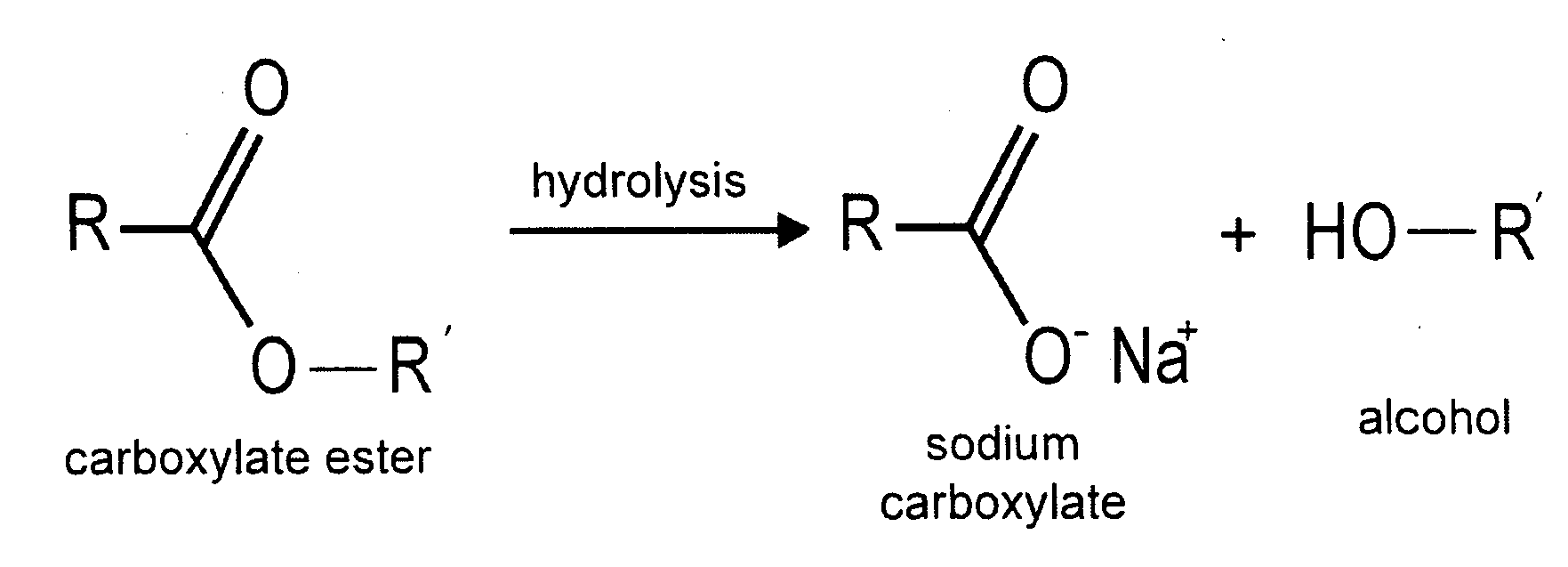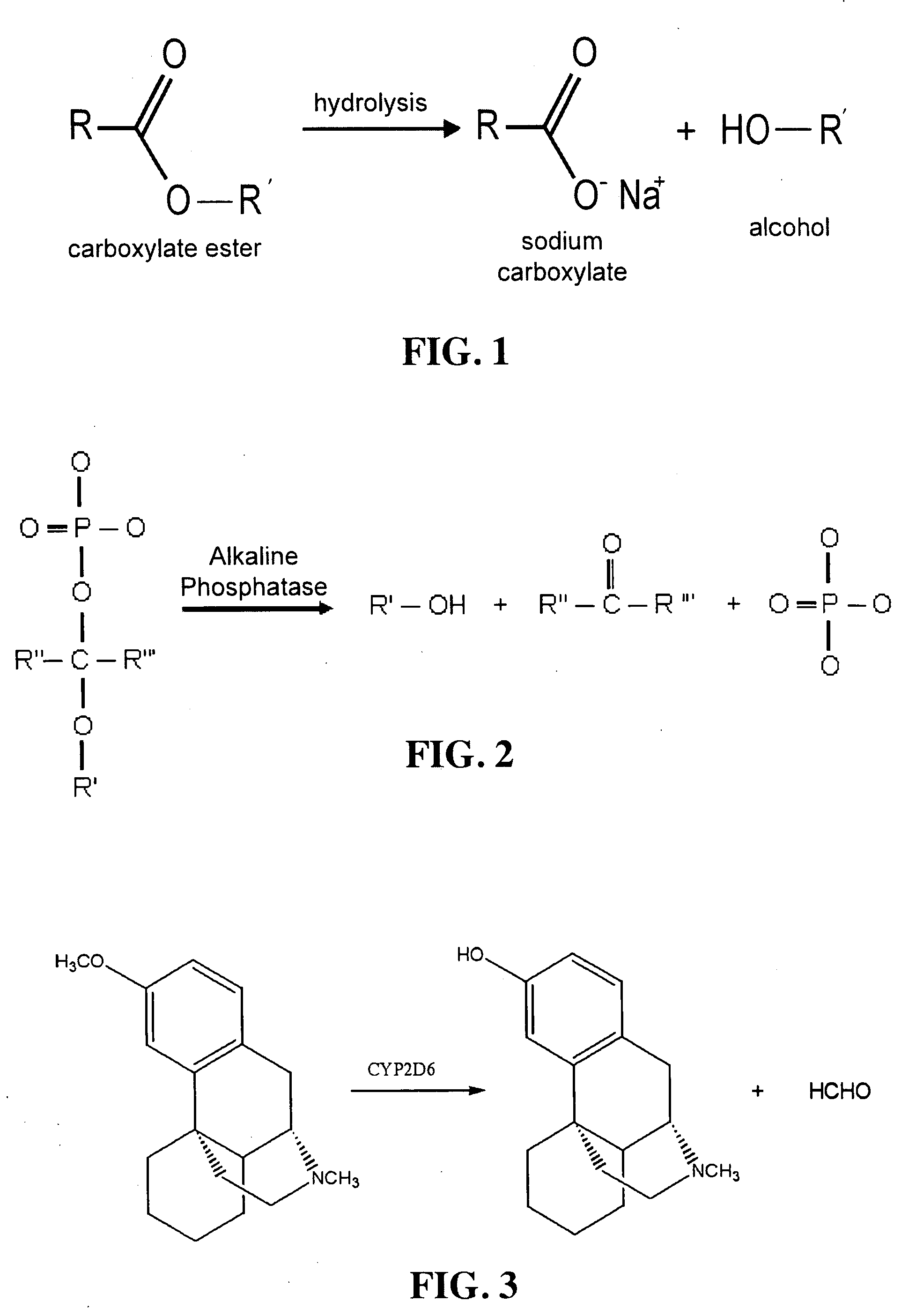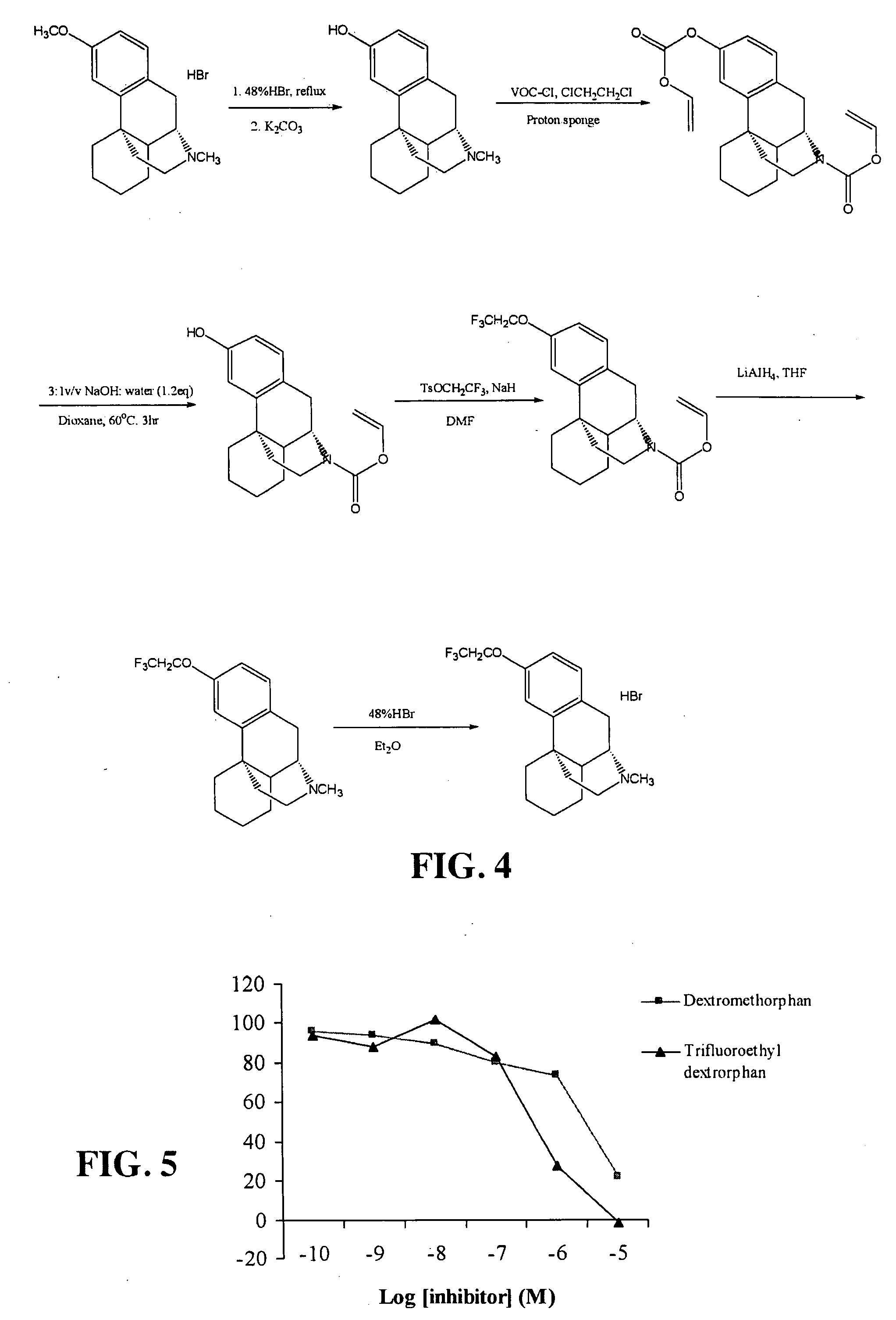Drug adherence monitoring system
a drug adherence and monitoring system technology, applied in the field of marker detection, can solve the problems of lack of drug adherence, low detection efficiency, and inability to detect drug adherence, so as to reduce economic and societal costs, reduce hospitalization, and reduce the effect of cos
- Summary
- Abstract
- Description
- Claims
- Application Information
AI Technical Summary
Benefits of technology
Problems solved by technology
Method used
Image
Examples
example 1
TECTION
[0167]To illustrate how a MAMS of the invention would operate, the following hypothetical scenario is provided, where a schizophrenic subject orally ingests an antipsychotic drug called A, which is metabolized by the liver to A1. In this example, an additive called T, is added as an excipient to the tablet of A. T is metabolized to a major metabolite, T1.
A→A1 Reaction 1
T→T1 Reaction 2
[0168]In this scenario, four candidates for use as a marker that will be measured in the breath to ideally verify that a tablet of A was ingested by the subject exist: (Option 1) the active pharmaceutic A; (Option 2) a major metabolite of the active pharmaceutic A1; (Option 3) the additive T added as an excipient to the tablet containing A; or (Option 4) the metabolite of the additive T1. These various options have distinct advantages and disadvantages. For the reasons outlined below, Option 4 is a preferred approach of the invention for selecting and preparing an additive and marker for use in...
example 2
NT OF A DRUG ADHERENCE MONITORING SYSTEM (MAMS)
[0173]In this prototypical example novel chemistry will be employed to create a series of non-toxic (at concentrations required for MAMS application in accordance with the present invention), non-endogenous, highly distinctive compounds (e.g., fluoroalcohols, fluoroaldehydes) to be liberated in vivo and appear in the breath for an optimal period time for MAMS and be easily detected by real time accurate point of care COTS devices that are currently marketed for other applications. The design and construction of a preferred MAMS of the invention is dependent upon two critical components: (a) development of novel chemistry to generate the marker, and (b) development of COTS sensing technology to measure the marker. In some embodiments of a MAMS of the invention, the system can include any one or combination of the following elements: (1) alveolar gas sampler, (2) communication link to notify user of marker detection, etc.
Preparation of Ad...
example 3
SELECTION AND SYNTHESIS
[0182]To further demonstrate how chemistry can be easily modified to generate a marker in exhaled breath, in this illustrative example, the additive used to generate the marker is a phosphate compound, which is hydrolytically degraded by alkaline hydrolysis through the enzyme alkaline phosphatase (FIG. 2). The resulting products are an alcohol, a ketone, and a phosphate. Similar to Example 2, the rate of hydrolysis by alkaline phosphatase can be regulated by the degree of steric / electronic hindrance put on the bond via substitutions at R′, R″ and / or R′″ positions. Possible R′, R″ and / or R′″ groups are shown, but not limited to those depicted in Table 4. According to the present example, if the R″ and R′″ groups each contain a simple H atom, then the ketone generated in FIG. 2 is the aldehyde, formaldehyde (HCOH). In this particular example, the alcohol (via the R′ group) generated will be a fluoroalcohol. Like Example 2, possible fluoroalcohols generated as th...
PUM
| Property | Measurement | Unit |
|---|---|---|
| temperature | aaaaa | aaaaa |
| time | aaaaa | aaaaa |
| temperature | aaaaa | aaaaa |
Abstract
Description
Claims
Application Information
 Login to View More
Login to View More - R&D
- Intellectual Property
- Life Sciences
- Materials
- Tech Scout
- Unparalleled Data Quality
- Higher Quality Content
- 60% Fewer Hallucinations
Browse by: Latest US Patents, China's latest patents, Technical Efficacy Thesaurus, Application Domain, Technology Topic, Popular Technical Reports.
© 2025 PatSnap. All rights reserved.Legal|Privacy policy|Modern Slavery Act Transparency Statement|Sitemap|About US| Contact US: help@patsnap.com



